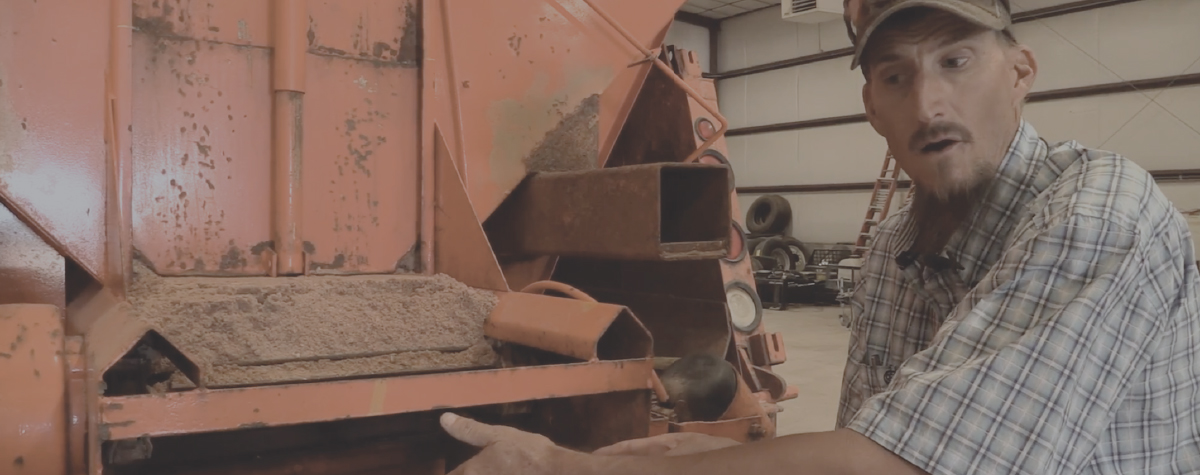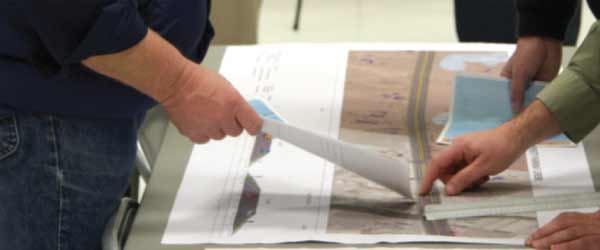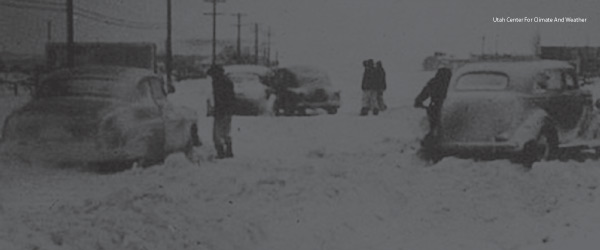A Simple Step-by-Step Process.
Calibration is simply calculating the pounds per mile discharged for each control setting at various travel speeds. In a typical storm, 500 lbs of salt will release enough brine to keep ice from bonding to a mile of two-lane pavement. The key is to apply the right amount and put it in the right place on the road. For proper application, calibrate your trucks before winter. It’s an easy step-by-step process.
Step One: Write down which truck you’re calibrating. Don’t get lazy and think that by calibrating one truck you’ve figured out the calibration for all of them. It’s a fact that even if all your shed’s trucks are the same model, make and year — they’ll have different results. So, keep it organized, and download this handy calibration card for each truck in your shed.
Step Two: Let’s talk about truck gates. Start by setting your truck’s gate to approximately 2 inches. Then, grab your measuring tape and walk to the back of your truck to see how high the gate actually is. To measure correctly, measure from the bed of the trailer right up to the bottom of the rubber. Adjust the height until you get it right. Write down the gate opening size in your calibration chart.
Note: The size of a gate opening isn’t set in stone — it depends on what deicer material you are using.
Step Three: It’s auger time. Cut out a small square of paper and draw a straight arrow on it. Then tape (or add grease) to the square and stick it on your truck’s shaft with the arrow pointing up. This makes it easy to count the auger revolutions — every time the arrow hits 12:00 you know it’s rotated once.
Step Four: Grab a friend from your shed and have him sit in the cab. Make sure he sets the auger to “1” and the Spinner Circuit to “0”. Stand next to the shaft while you have your friend (in the cab) rev the engine to 1,500 – 2,000 RPMs consistently. Grab a watch or a timer and count how many times the shaft revolves during the next 60 seconds. Write down how many times it revolved on your calibration chart under “Control setting 1” and column “A”- now do the exact same process for each of your auger settings.
Note: Remember that column “A” is the Shaft RPM in a loaded plow.
Step Five: Take a look at column “B” on your Calibration Chart — we are just about ready to fill this section out by measuring “discharge”. This step is really simple but you are going to need to gather a few supplies:
- A Scale – you don’t need anything fancy, the kind you stand on to measure your own weight will work just fine.
- A Bucket – put the bucket on the scale.
- A Tarp – to catch any salt
Step Six: Make sure your plow’s truck bed has the deicing material you plan on using while you plow. Then place your tarp under the spinner. Turn the spinner off on your truck and keep the auger on a low setting. Release the salt onto the tarp until your shaft does on full revolution. Gather all the salt that your truck released onto the tarp and put it into a bucket. Place the bucket on a scale to measure the weight of the salt. Enter the weight in column “B” of the Calibration Chart.




